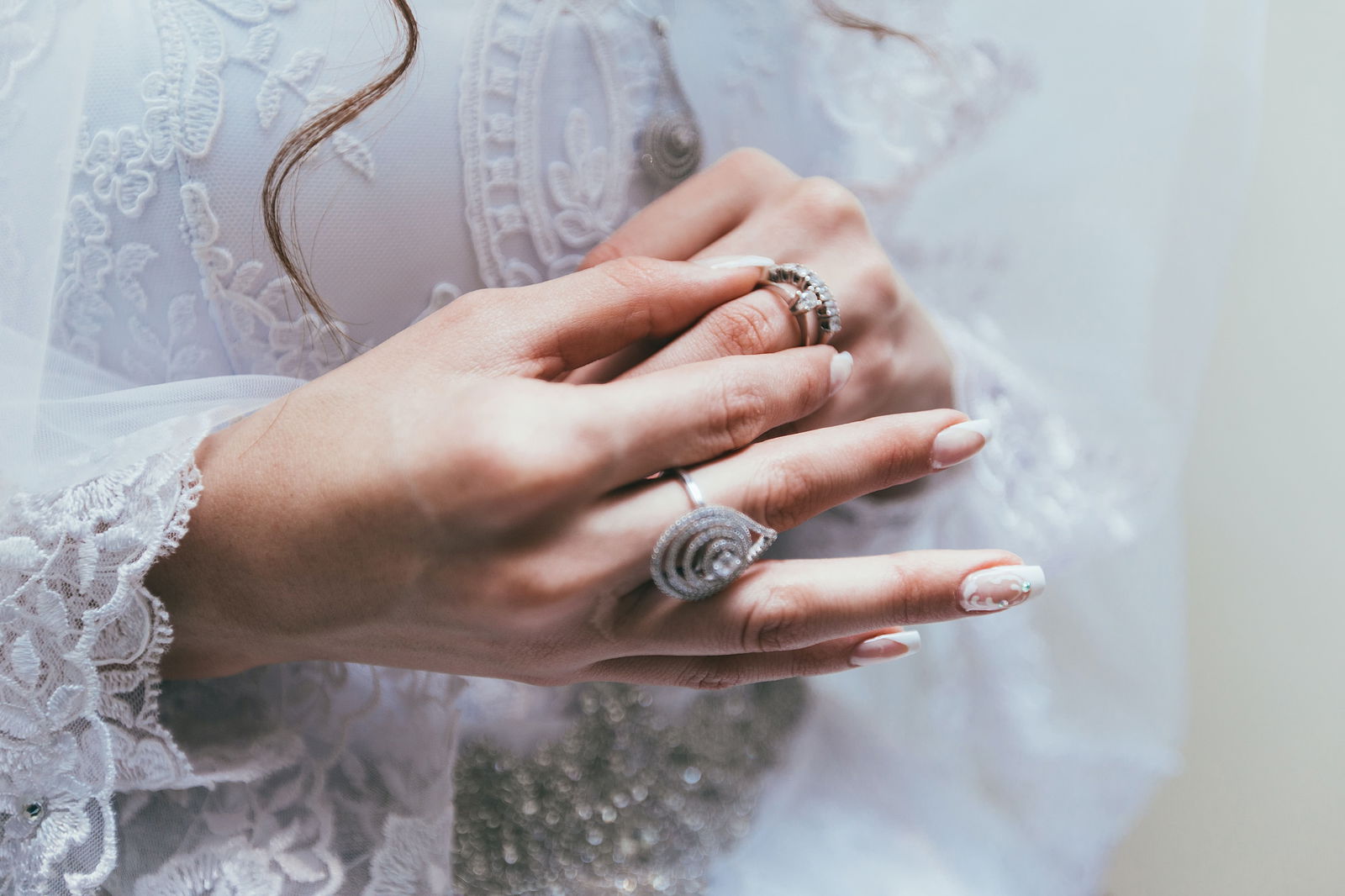How to Choose Wedding Rings

Throughout different times and cultures, there have been many traditions associated with marriage. Only a few of them have retained their significance in our time. While not every couple thinks about breaking bread, no wedding takes place without wedding rings.
There is a lot of scattered information, myths, legends, and assumptions about the tradition of wearing engagement rings, but one thing remains unchanged – this tradition has existed for many centuries, regardless of how many changes the institution of marriage goes through. In today’s world, the ring remains a symbol of boundless love and devotion that both partners promise to give to each other.
It is believed that engagement rings originate from ancient Egypt or ancient Greece. This is where the tradition of wearing a ring on the ring finger comes from. The ancient Greek writer Plutarch, referring to Apion’s work "On Egypt", provides an interesting historical background on why rings are traditionally worn on the ring finger: “According to legend, the ancient Greeks wore the ring on the nearest finger: the pinky of the left hand. The same custom, it is said, was followed by the Romans. The reason is that during dissections and the opening of human bodies, as per the Egyptian custom (called anatomy by the Greeks), it was discovered that a certain fine nerve runs from this finger directly to the heart. Therefore, it was deemed appropriate to adorn this finger, as it was considered most closely connected to the heart, which governs the body. The route through the left hand was also a bit shorter, and in many countries, it is customary to wear rings on the left hand, which is, by the way, more practical.”
The circle, as a symbol of eternal connection, has been present in many cultures and only later took the form of a ring. Previously, ribbons or bracelets made from various materials such as leather, hemp, or iron were used. Noble metals later became a symbol of the bride’s purity.
By the way, wearing wedding rings used to be exclusively for women. Men only began wearing wedding rings in the 19th–20th century. According to a more romantic version, this tradition became common after World War I, as soldiers wore rings to remind them of their family and home during difficult times. More realistically, in the early 20th century, American jewelry manufacturers launched active marketing campaigns encouraging both spouses to wear rings. The idea gradually caught on and is now widely accepted.
Gold or Silver: What Should Wedding Rings Be Made Of?
We hope that today, when choosing engagement and wedding rings, people no longer feel the need to emphasize their financial status or judge a ring by the number of carats. And diamonds are no longer a required feature. Still, the stereotype persists that wedding rings must be made of gold and nothing else. The most important aspect of wedding rings is the symbolism, not the material. That’s why you can now find wedding rings made of gold, silver, steel, glass, and even leather. When choosing the material, we recommend focusing on aesthetic preferences (some people don’t wear gold, while others love it) and the material’s durability, as you’ll be wearing the ring daily.
Here are some tips we hope will help you choose:
- Silver is more prone to oxidation than gold. It will fade and may darken over time. However, for wedding rings, daily wear creates a slight “self-polishing” effect. To preserve the original look longer, take care of the rings: clean them regularly with a soft cloth or use special jewelry care products. But it’s not as scary as it sounds. Slightly darkened silver can appear noble and won’t darken immediately – only after several years. If you still want to refresh their look, we polish all our jewelry for free at any time – the simple procedure takes just five minutes.
- Scratches are more visible on smooth, shiny metals – whether gold or silver. On textured or matte rings, they are less noticeable. If you’ve chosen smooth, glossy rings, you can coat them with a layer of rhodium.
- Rhodium is a rare metal from the platinum group, known for its high durability. It protects the surface of softer gold or silver from scratches.
- We don’t recommend gold-plated jewelry as wedding rings. No matter how durable the coating is, it will wear off with daily use and need to be renewed.
- If you want rings with stone settings, it’s better to choose small stones with “closed” settings that don’t protrude. Large stones can catch on things and be uncomfortable for everyday wear.
If you’ve chosen a ring with pearl inlays, be sure to check how the pearl is attached. Most often, pearls are glued with jewelry adhesive – and this method doesn’t guarantee the pearl will outlast your marriage.
The design of the man’s and woman’s rings doesn’t have to be identical. Men usually prefer more massive rings without stones, while women often choose thinner, more elegant styles with stone inlays. All wedding rings in our sets can be freely combined – meaning you can order rings from different sets and they’ll still match beautifully.

